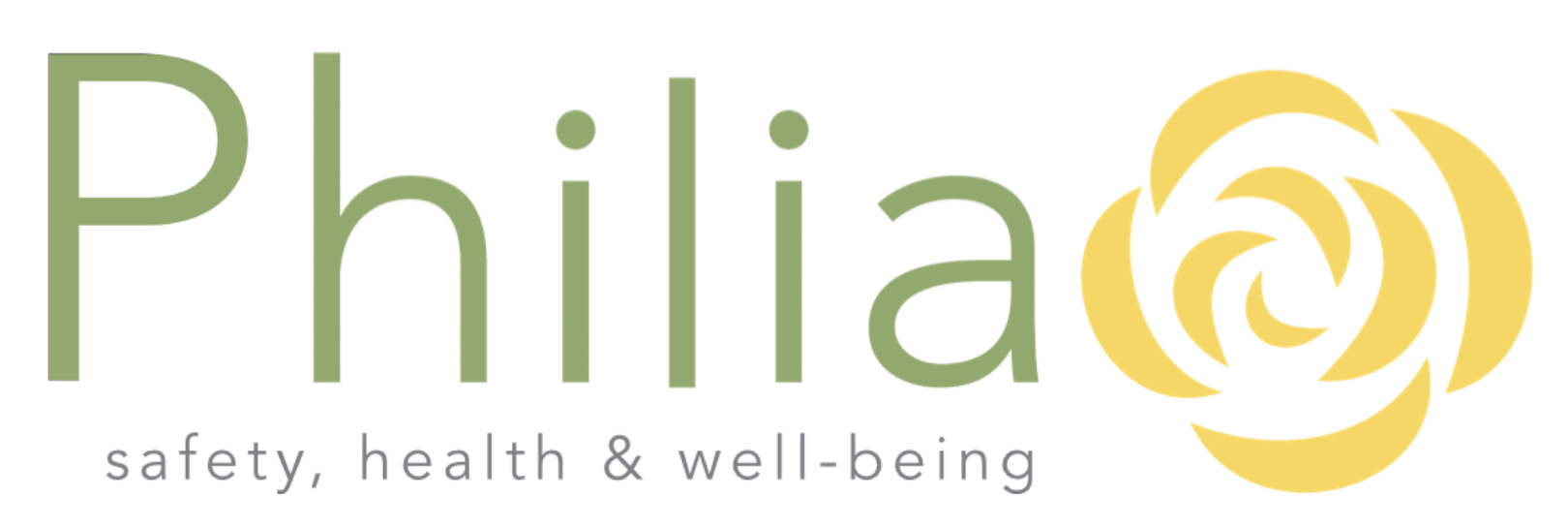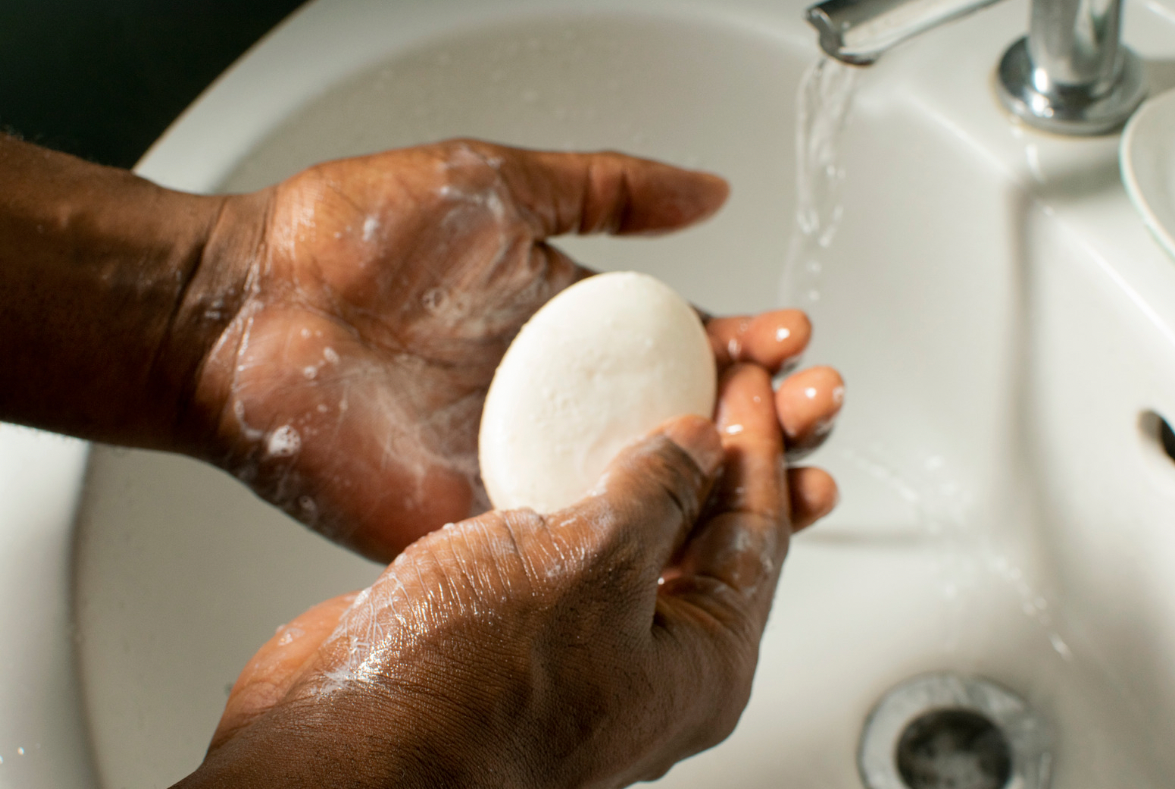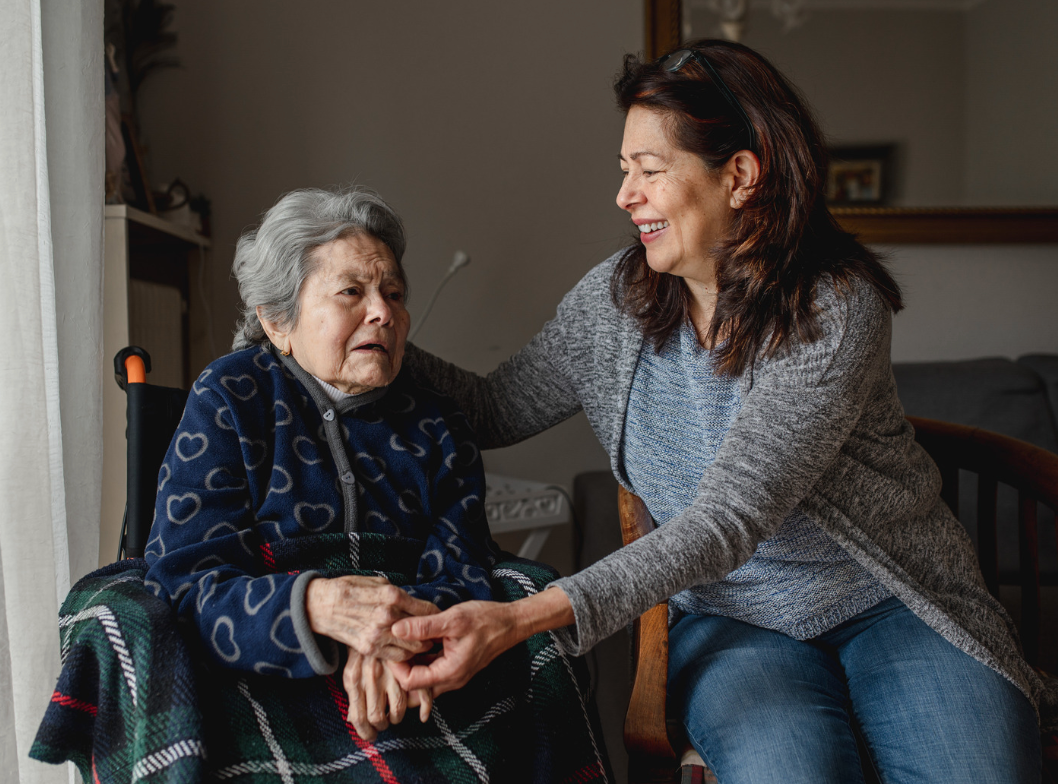Sun Protection in Children
Sun Protection in Child Care
Protecting children from getting too much sun is important, whether they are playing outside or are with you on an errand. The hot summer sun can be dangerous for children. A child can sunburn easily, even on a cloudy day. Bad sunburns and too much time spent in the sun without skin protection have been linked to a higher risk of skin cancer later in life.
During the summer months, children can easily lose body fluid and become dehydrated. Children’s skin can also be burned by touching hot surfaces, such as pavement, hot sand, metal slides or car doors.
The skin of infants and toddlers is more sensitive to ultraviolet radiation. Their skin absorbs chemicals more easily than the skin of adults and older children. Sun exposure can cause unhealthy changes in the skin, including the skin of infants and toddlers. The ultraviolet radiation that damages skin is UVA and UVB. Children should spend a lot of time outdoors. Protecting their skin from sun damage is very important.
No matter what type or tone of skin a person has, from infancy to old age, everyone should have protection from sun exposure. Sunscreen products and sun protective clothing help prevent sunburn, skin cancer and early skin aging throughout life. The best protection is wearing light weight, tightly woven sun-protective hats and clothing outside. Combine wearing sun protective clothing with wearing sunscreen, except that children less than 6 months of age should not have sunscreen products on their skin.
When selecting sunscreen, make sure the label reads “Broad spectrum”, “SPF 15” or higher up to “SPF 50”, and “Water Resistant.” All sunscreen products need to be applied at least 15 minutes before exposure to the sun. This gives the product time to attach to the skin for protection. Sunscreen products should be reapplied if sun exposure occurs more than 2 hours after the product was last applied.
“Broad Spectrum” means that the product protects against both UVB and UVA rays. These rays can cause sunburn and skin cancer. The SPF rating indicates how long the sunscreen is effective. No sunscreen blocks 100% of the rays of the sun. Products rated lower than 15 SPF do not provide enough protection. Products with ratings higher than 50 SPF do not offer significant additional protection. “Water Resistant” means that the product resists removal by sweat or water. Water resistance decreases with time. The product should be water resistant for up to 40 minutes or 80 minutes. This means the sunscreen provides protection while swimming or sweating up to the time listed on the label.
The American Academy of Pediatrics (AAP) and the American Academy of Dermatology (AAD) recommend products with titanium dioxide or zinc oxide for babies older than 6 months. Apply this type of product to all areas of the body, being careful around the eyes. If babies rub sunscreen into their eyes, wipe the eyes and hands clean with a damp cloth. If the sunscreen irritates the skin, try a different brand.
Choose a sunscreen product without oxybenzone if possible. Oxybenzone is a hormone modifier when tested on animal skin. Select sunscreen without insect repellent. Sunscreen should be reapplied more frequently than the insect repellent. Follow manufacturer’s directions. See the AAD’s article for more information on sunscreen.
The rays of the sun are strongest between 10 am and 4 pm. Since those are good hours for outdoor play, be sure to use skin protection and provide shade where children play during those hours.
The National Council on Skin Cancer Prevention recommends:
- Do not burn or tan
- Seek shade
- Wear protective clothing
- Generously apply sunscreen
- Use extra caution near water, snow, and sand
- Get vitamin D safely
What are other sun safety tips?
- Always protect your child’s skin and try to stay indoors or in the shade during the hottest time of day (10 a.m. to 4 p.m.)
- If you have to go out in the sun without protective clothing, use sunscreen. Do not forget to apply it to ears, nose, and neck
- Sunscreen is intended to enhance protection during periods of sun exposure – not to increase time of sun exposure
- Do not wait for signs of sunburn to get your child out of the sun, Sunburns do not usually show up for 6 to 24 hours
- A tan does not provide enough protection against the sun’s rays. Actually, having a tan means that your skin has been damaged already by UV radiation
- Teach children to be “sun-smart” and to protect themselves against exposure to the sun
- Encourage your child to drink plenty of water
- Indoor tanning beds and/or sun lamps are regulated by provincial law that does not allow children under 18 years old to use them. At any age, these devices damage your skin the same way UV radiation from the sun does
While the information provided in this blog is intended to be informative and helpful, it's important to consult with a qualified professional for personalized advice. If you have any concerns or questions about your health or specific medical conditions, don't hesitate to reach out to your physician or another trusted healthcare provider. Your health is important, and seeking professional guidance ensures you receive the best care tailored to your individual needs.














